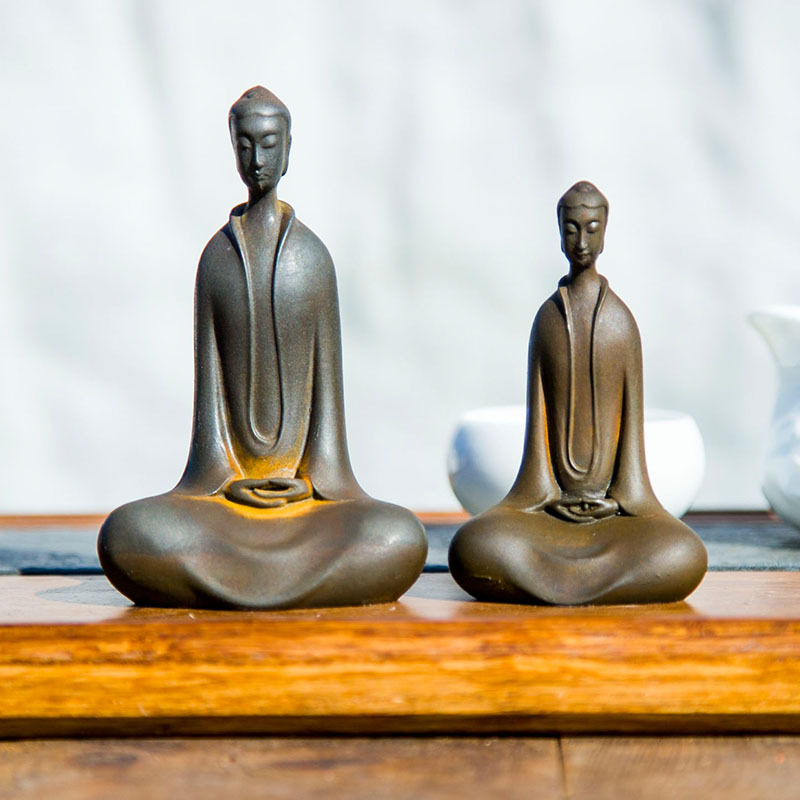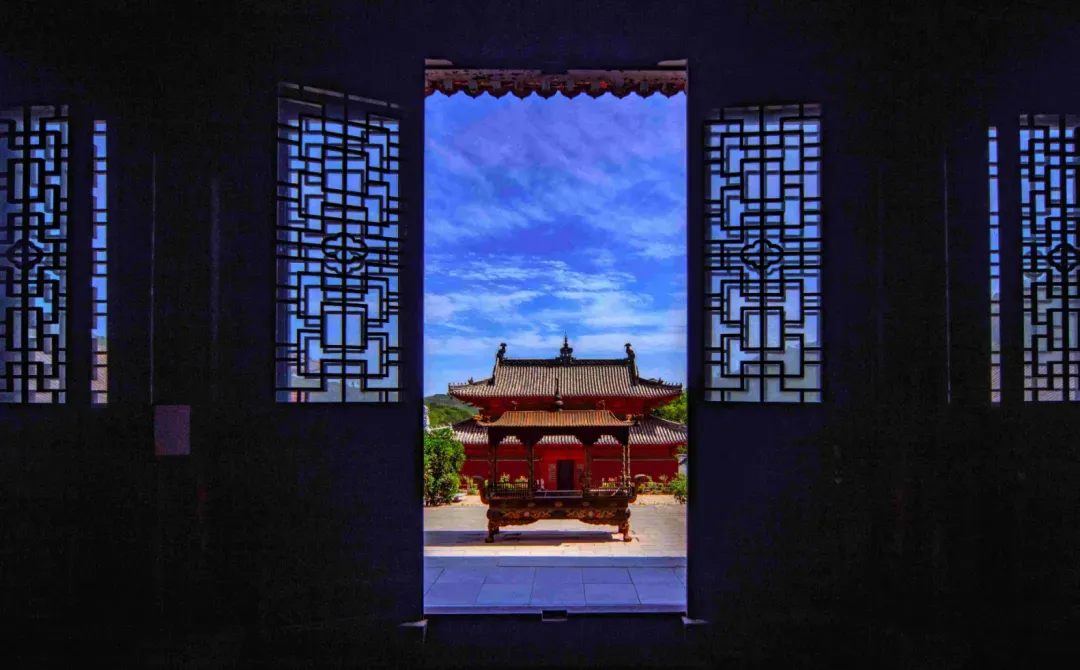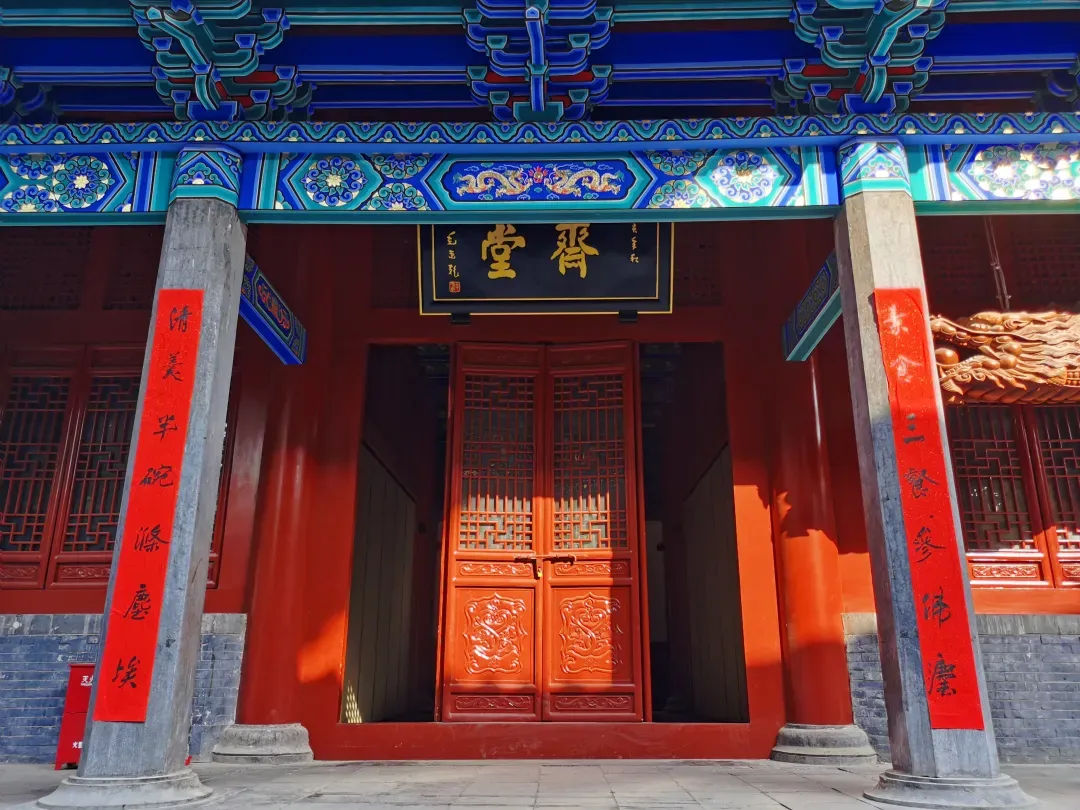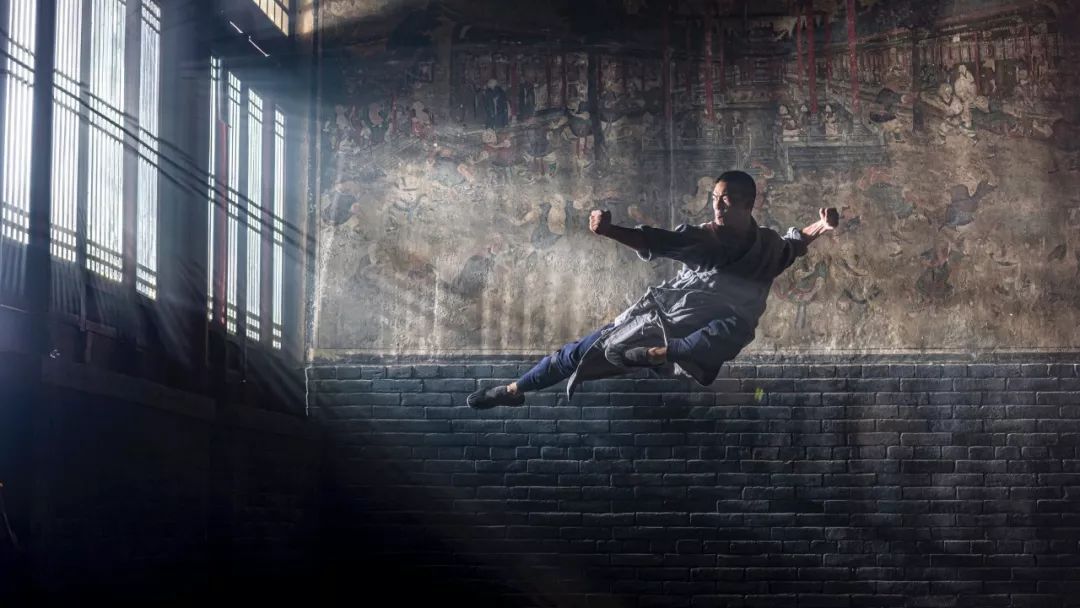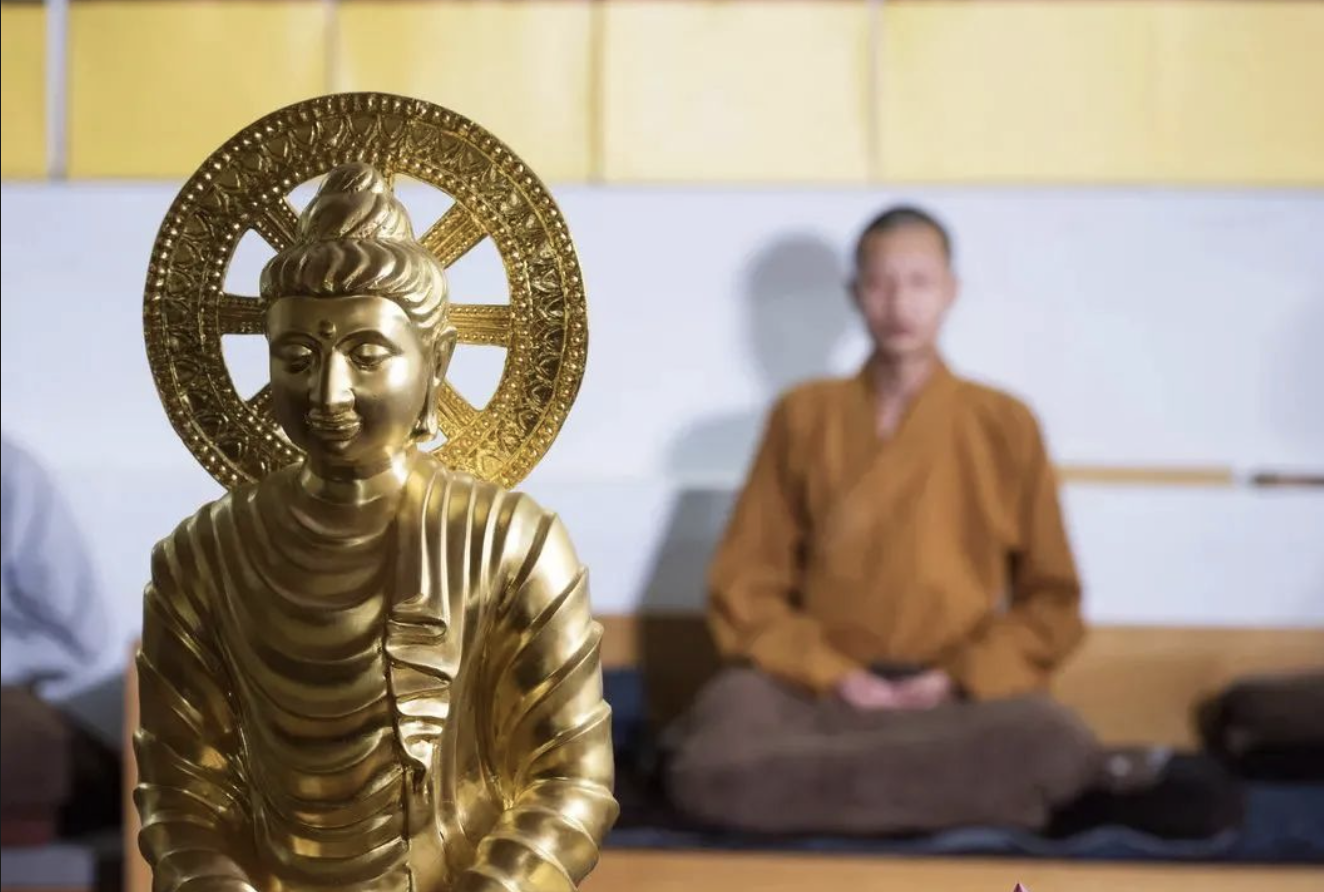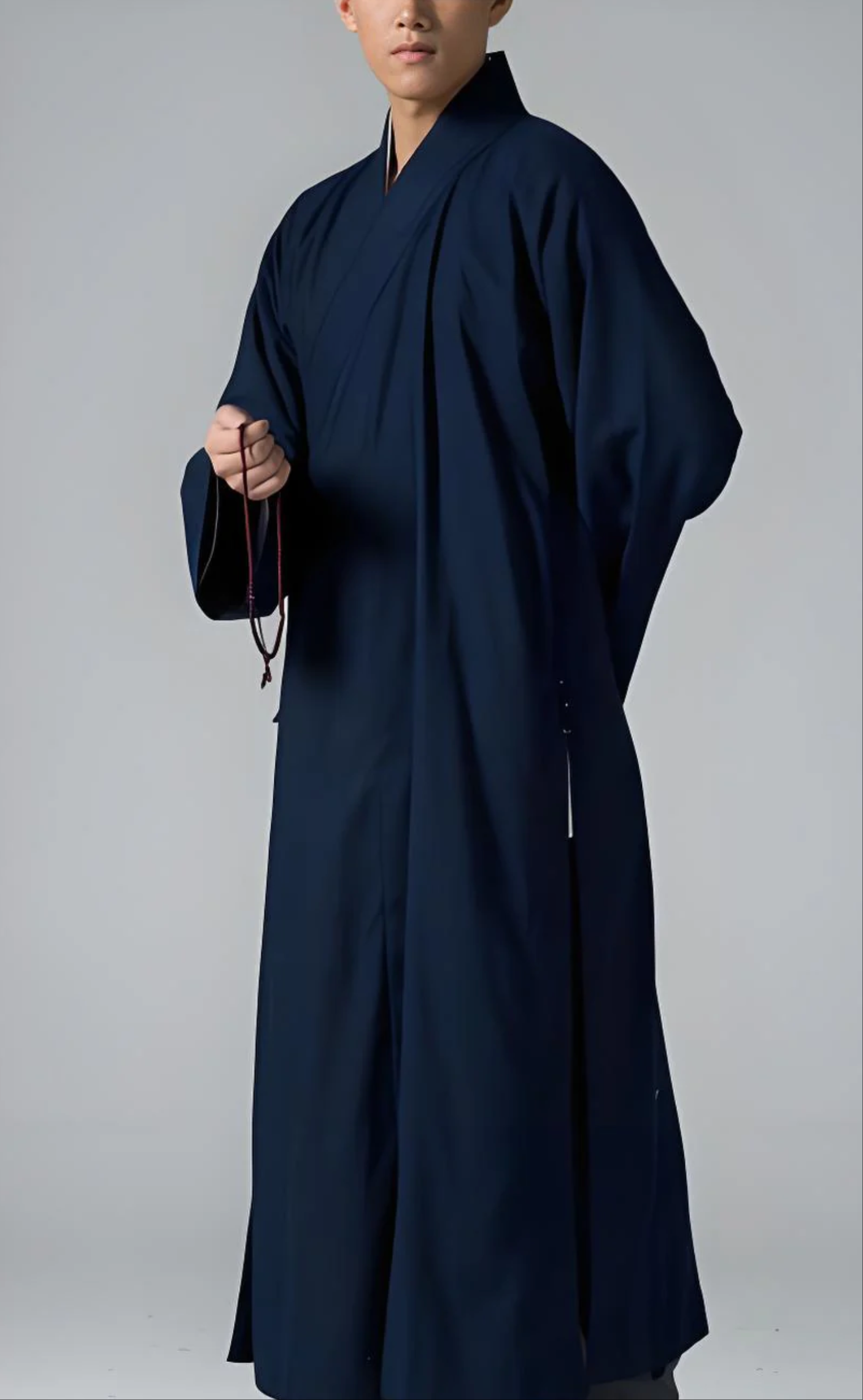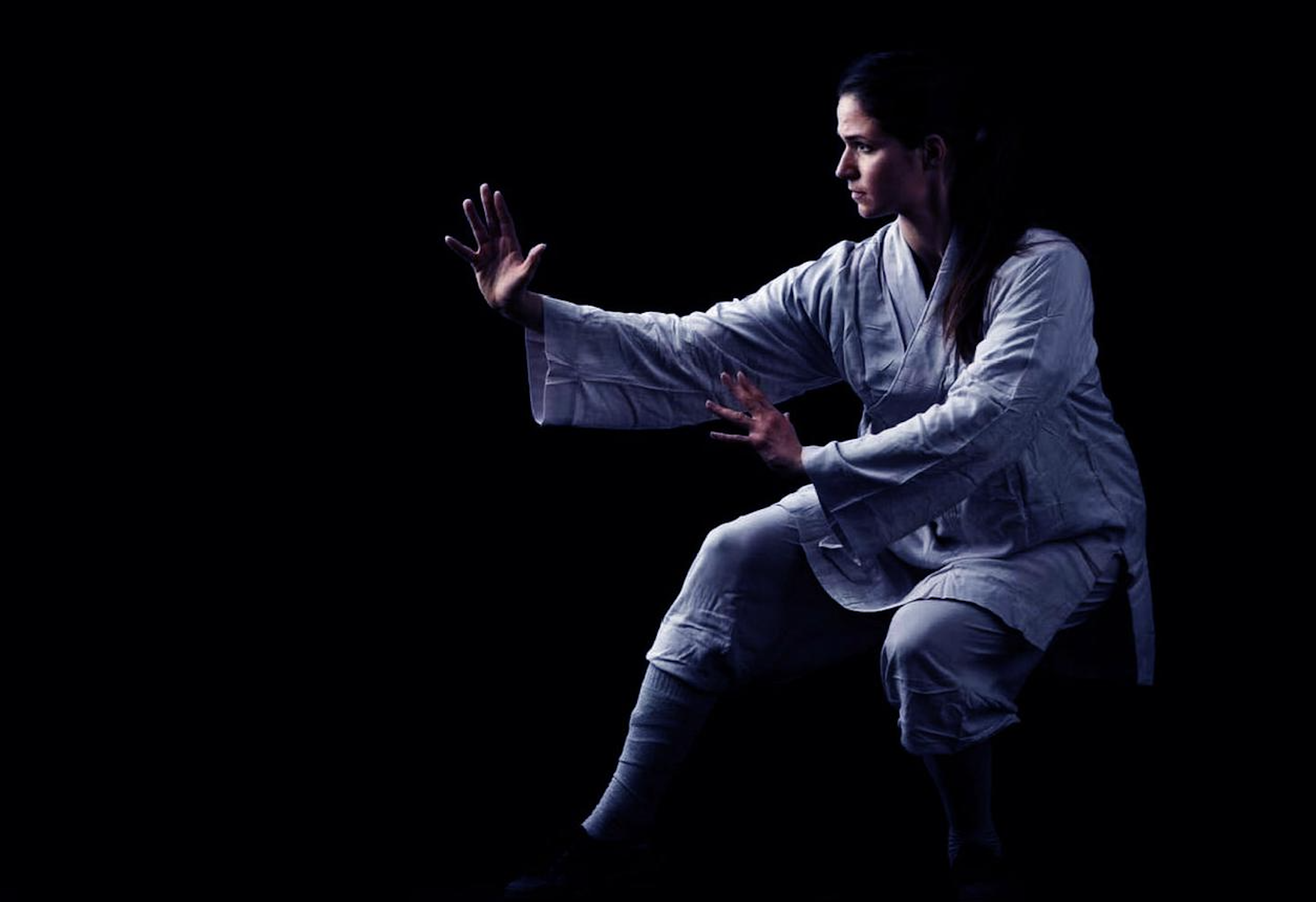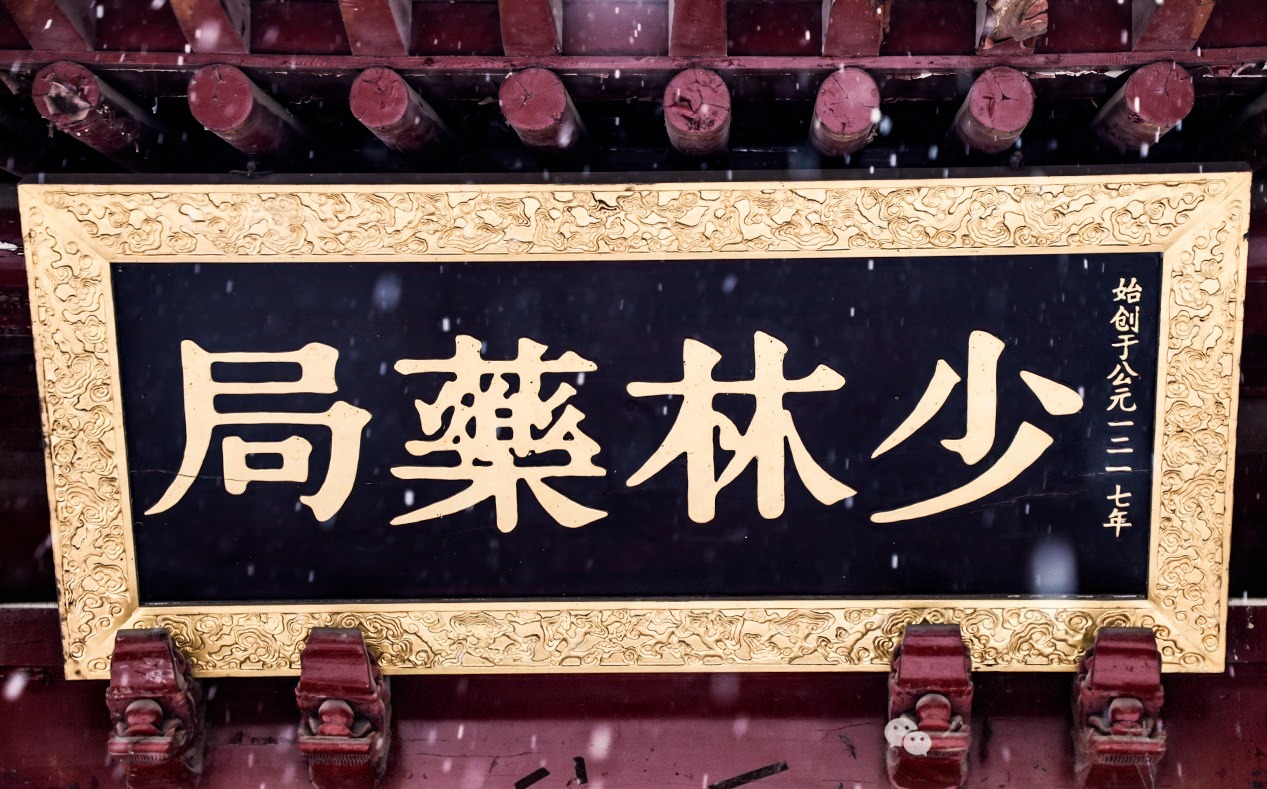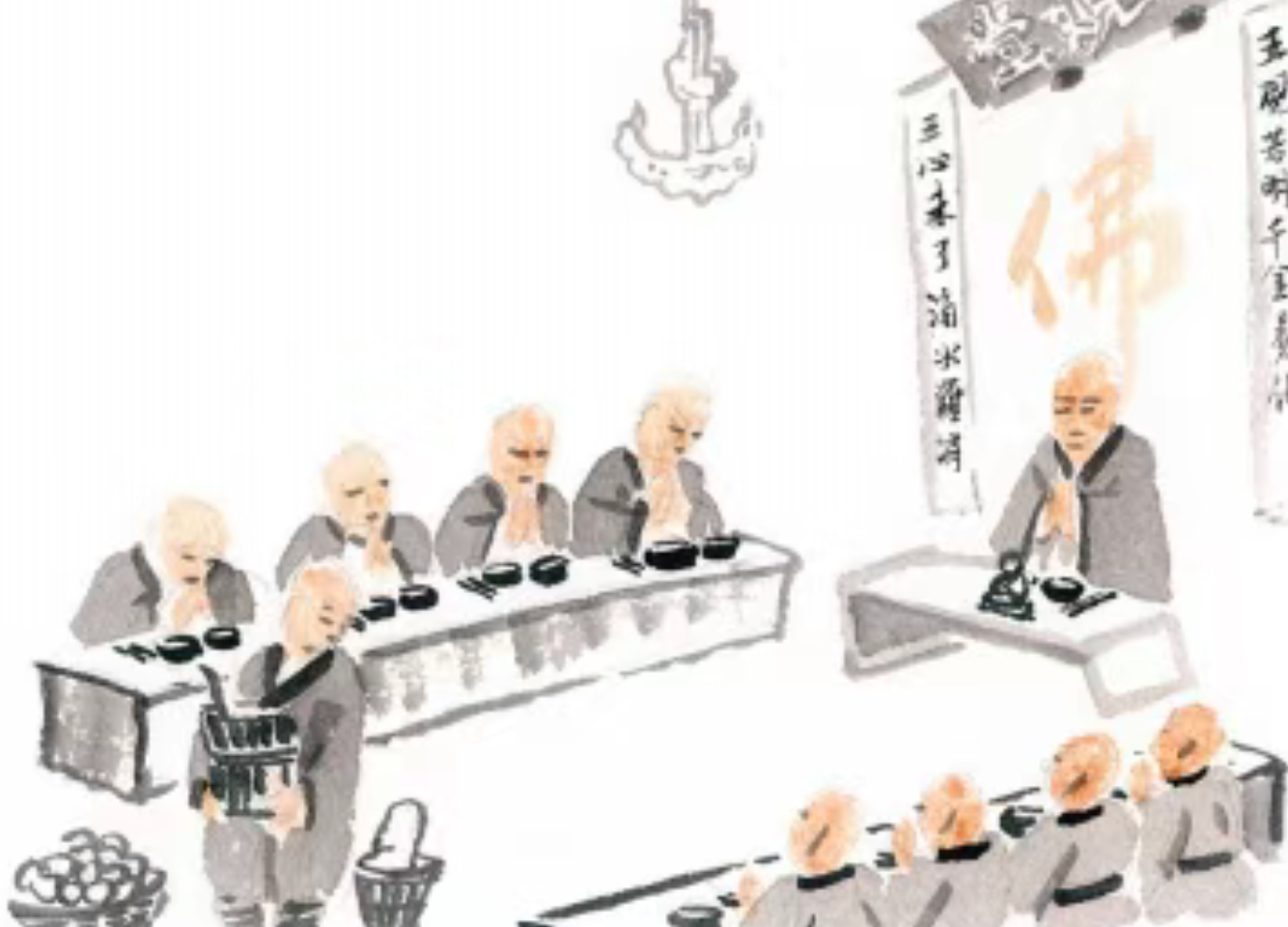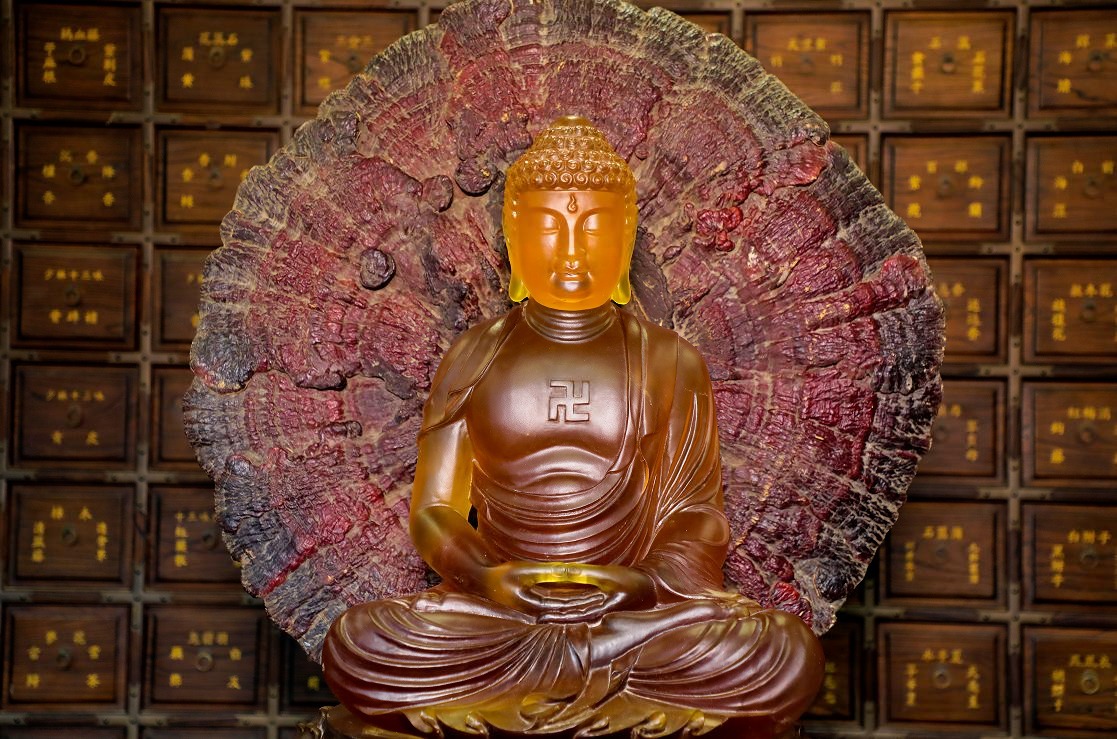-
Why every Shaolin movement has an inner meaning
In motion, there is stillness; in stillness, there is motion. The forms of fists and feet are manifestations of the mind and echoes of the Dao. The enduring legacy of Shaolin Temple is not due to the strength of its martial techniques alone, but because…
-
Doors and Windows: Balance of Wisdom
Doors and Windows: The Eyes and Mouth of Architecture In traditional Chinese architecture, doors and windows are not mere functional openings—they express the spirit and essence of a building. Doors symbolize entryways for energy and movement, while windows allow light and air, vital for life…
-
Shaolin Abbot’s Chamber: The Heart of Leadership and Dharma
The Meaning Behind Fangzhang: More Than a Title The word Fangzhang is often understood simply as the title for the abbot of a Buddhist temple. However, its origin is architectural rather than personal. Among the seven essential halls (Qilan Qitang) in a monastery, a chamber…
-
Shaolin Dining Hall: Mindful Eating and Spiritual Cultivation
The Heart of Monastic Life: The Dining Hall The monastic dining hall, or zhaitang, has always been a central place for cultivation and discipline in Buddhist temples. At Shaolin Temple, the dining hall was originally called the Xiangji Kitchen and is located just east of…
-
Is Shaolin Kung Fu Effective for Self-Defense?
“Chan and martial arts are of one origin; when the mind is tranquil, the body knows no fear.” A visitor entered Shaolin Temple, pressed palms together in reverence, and asked, “Master, can Shaolin Kung Fu be used for self-defense?” Upon hearing this, I smiled faintly…
-
Shaolin Tea: Ancient Stillness in Every Sip
Explore the time-honored benefits of traditional Shaolin tea for cultivating inner calm, mental clarity, and steady, sustainable energy. Rooted in ancient monastic discipline, this unique tea tradition supports mindfulness, focus, and vitality in daily life. Discover how Shaolin wisdom can help restore balance and resilience…
-
Designing a Shaolin-Style Meditation Space for Inner Peace
“One flower, one world; one whiff of incense, one realm of purity.” The millennia-old Chan tradition of Shaolin Temple teaches that the true sacred space lies not in grand halls but within a quiet corner of the heart. Even a simple meditation cushion and a stick…
-
The Shaolin Monk’s Robe: Design, Symbolism, and Inner Cultivation
“A garment need not be splendid; the heart seeks serenity.”This old saying is often heard in the courtyards and meditation halls of the Shaolin Temple. It is not merely a proverb but a distilled truth about life. From the Northern Wei Dynasty to the present…
-
Can foreigners join Shaolin for learning or experience?
“As calm as still water, everywhere can be a place for practice.”For thousands of years, Shaolin has not only been a sacred place for martial arts but also a destination for Chan (Zen) meditation and wellness. Outside the mountain gate, the world is in constant…
-
Secrets of Chan Medicine | The Origins of Shaolin Medical Tradition
Shaolin Chan Medicine: A Legacy of 1,500 Years Origin and PhilosophyShaolin Chan Medicine, rooted in the Shaolin Temple on Mount Song, emerged from the fusion of ancient Indian and Chinese medical traditions over more than a millennium. This unique healing system integrates Buddhist meditation (Chan),…
Category: Discovering Shaolin
Category: Discovering Shaolin
Copyright © 2025 | All Rights Reserved
